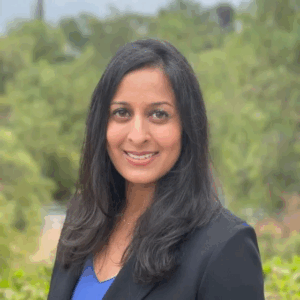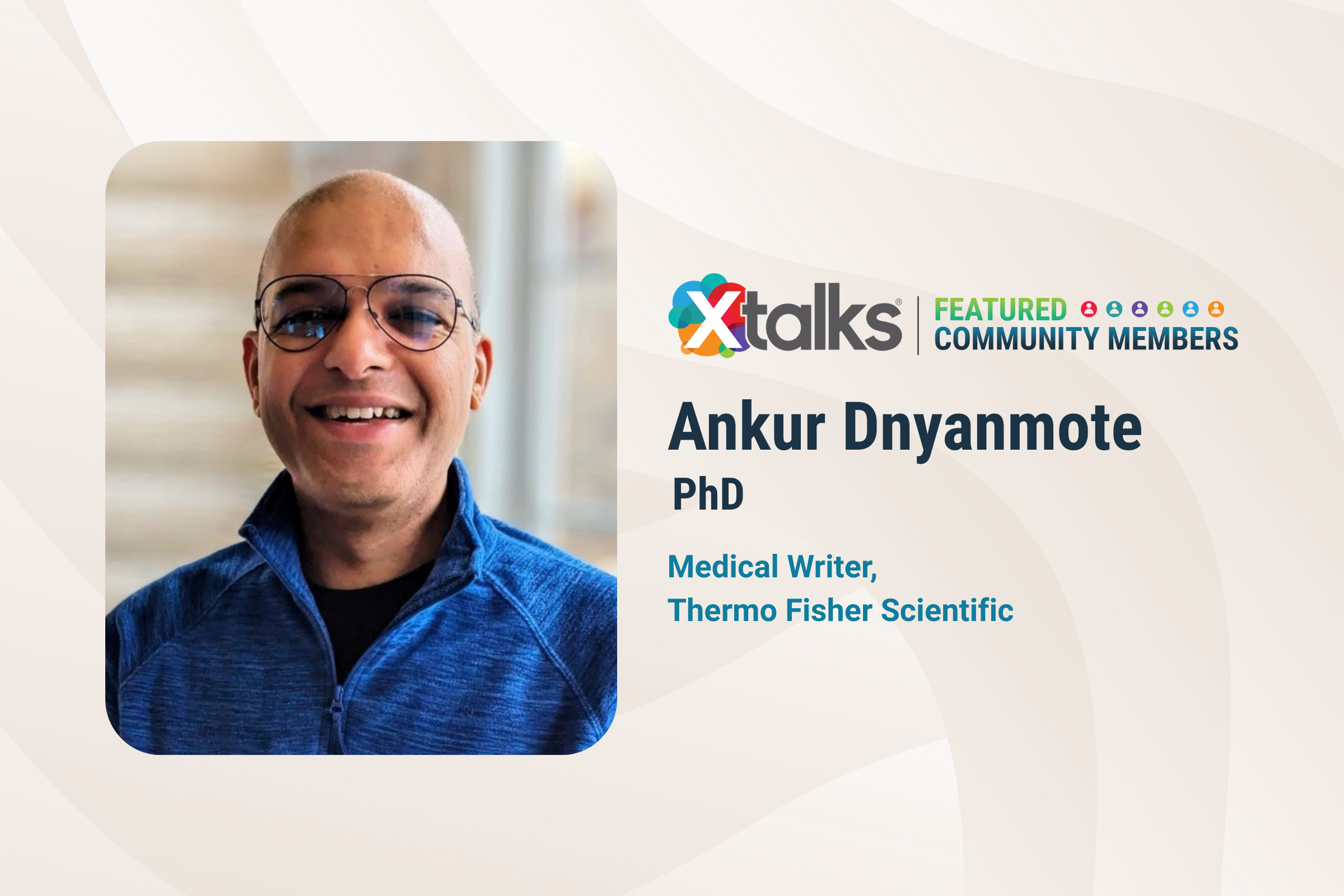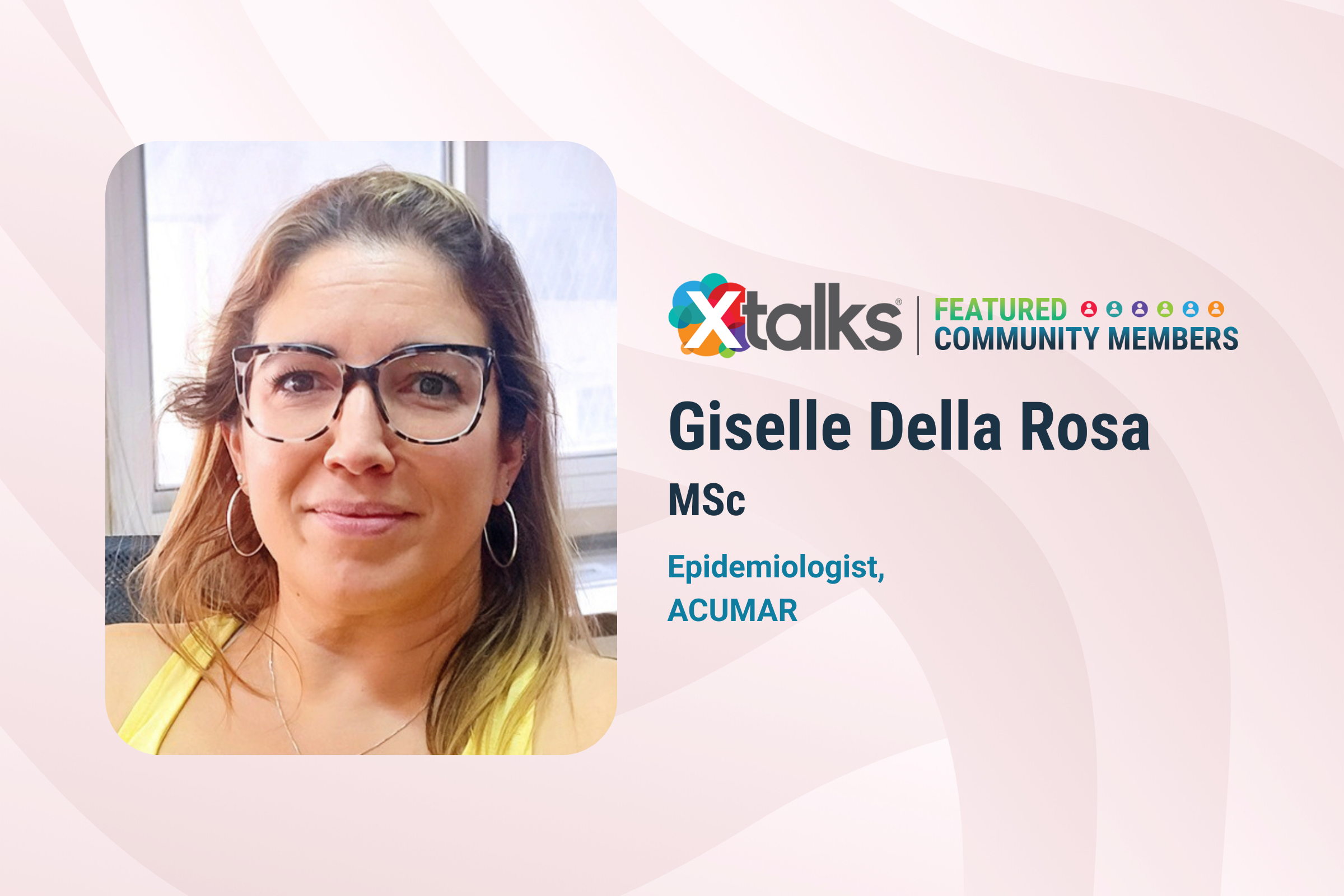While rare diseases individually affect small populations, their cumulative burden is vast.
In 2024, the FDA’s Center for Drug Evaluation and Research (CDER) approved 50 novel drugs, with over half (26) targeting rare or orphan conditions. Several of these approvals addressed rare cancers, including treatments for grade 2 astrocytoma, small cell lung cancer (SCLC) and HER2-positive tumors.
For many patients, rare disease diagnosis is delayed, treatment options are limited and therapeutic development is constrained by fragmented data and limited precedent. But the rare disease landscape is evolving — scientifically, operationally and culturally.

Vice President
Global Development Therapeutic Head,
Rare Disease
Amgen
In this Xtalks Clinical Edge interview, Dr. Sumita Bhatta, Vice President and Global Development Therapeutic Head of Rare Disease at Amgen, shares how her background in oncology, her team’s global development strategy and community-driven collaboration are helping bring new possibilities to patients with rare conditions.
From Oncology to Rare Disease: A Seamless Transition
Dr. Bhatta’s move into rare diseases followed years of experience in oncology-focused roles. She started at Amgen working as Vice President, Global Medical TA Head for Oncology. When Amgen acquired Horizon Therapeutics, the opportunity to transition into rare disease presented itself.
“When the opportunity came to lead the Horizon asset profile and global development, it was a perfect fit — not only for me, but for Amgen overall.”
What made the move especially meaningful was the continuity in focus — both oncology and rare disease share overlapping challenges around small patient populations, unmet needs and effect size-driven drug development.
“It was really an honor to jump into another therapeutic area, continue to grow and develop both personally and professionally, but also utilize some of the learnings from the oncology space to guide and develop in rare disease development.”
Xtalks Clinical Edge™: Issue 5 — Rare Patients, Real Challenges: Amgen’s Rare Disease Innovation
Xtalks Clinical Edge™ is a magazine for clinical research professionals and all who want to be informed about the latest trends and happenings in clinical trials. This magazine immerses you in a world where industry leaders, patient advocates and top researchers converge to provide the most insightful perspectives on clinical trials.
How Amgen Identifies Rare Disease Opportunities
In leading Amgen’s rare disease development strategy, Dr. Bhatta oversees a team of scientists and medical researchers focused on global clinical trial design and regulatory engagement. Her team brings deep experience working with regulators across regions and driving innovation across diverse disease areas.
According to Dr. Bhatta, identifying new opportunities for development depends heavily on input from external experts, including advocacy groups, physicians and patients. The team regularly engages with key opinion leaders and patient advocates to better understand the conditions they face and the often complex paths they’ve taken to diagnosis and care.
Amgen’s approach is what Dr. Bhatta describes as “modality-agnostic,” prioritizing biological understanding first, then identifying the right therapeutic platform, whether that’s small molecules, monoclonal antibodies or other formats.
“When we marry the list of rare diseases that exist with where we understand the biology best, we’re able to identify strong candidates for future development. And it doesn’t end there. We also look externally at what drugs may already exist that could help meet these needs.”
Diagnosis and Awareness: What Comes First?
Despite growing industry interest, rare disease diagnosis remains a major challenge. Patients often spend years cycling through incorrect diagnoses and ineffective treatments before arriving at a correct one.
“They spent multiple years receiving different diagnoses, maybe different therapies with no true abatement of their symptoms or change in the biology of their disease. No real disease modification.”
Dr. Bhatta explained that when a treatment becomes available, diagnoses tend to happen faster, and awareness of the condition increases, often leading to a rise in identified cases simply due to the visibility of an effective therapy.
Before that, education efforts often hinge on patient advocacy organizations and physician champions to drive visibility.
Patient and advocacy groups — many of which are deeply committed and tightly connected communities — play a central role in raising awareness and driving education around rare diseases.
– Sumita Bhatta, VP and Global Development Therapeutic Head of Rare Disease, Amgen
Collaboration in Rare Disease Research: A Case Study in IgG4-Related Disease
A compelling example of collaboration in rare disease research can be seen in the development of a treatment for IgG4-related disease (IgG4-RD), a complex multisystem condition often called “the great mimicker,” as Dr. Bhatta describes it.
This effort took place in a landscape that lacked formal diagnostic infrastructure, including, until recently, the absence of an ICD-10 [International Classification of Diseases, Tenth Revision] code to classify and track the condition.
“It required a bunch of firsts. It required the definition of an endpoint being established. Once we realized that the endpoint would be reduction in flares, we needed to define what flares were.”
The team had to establish criteria for an adjudication committee, secure regulatory alignment across global markets, and build much-needed awareness of the disease itself.
The success of this initiative was driven by collaboration — not only among dedicated physicians and researchers but also through the engagement of patients and advocacy groups who played a crucial role in raising awareness and supporting study enrollment.
The work contributed to increased disease recognition and is expected to help shorten the path to diagnosis for many patients living with IgG4-RD.
Solving for Scale: Recruitment, Representation and Real-World Evidence
In rare disease trials, patient recruitment presents a unique set of hurdles. Low awareness, small and geographically dispersed populations and limited referral pathways demand novel strategies.
“You need a large hands-on approach to help with the relationships and with patient navigation in order to improve recruitment.”
Some of Amgen’s strategy includes:
- Recruiting through referral networks
- Working with vendors to reach niche patient groups
- Education via in-person and digital campaigns
- Advocacy support to spread trial awareness
Unlike in oncology where large trials often recruit quickly, enrollment in rare disease trials require more tailored outreach and constant adaptation. A core challenge lies in the limited awareness of both the disease itself and the clinical studies available, making broad education and targeted engagement essential.
Representation is another dimension. Amgen’s RISE (Representation in Clinical Research) team ensures clinical trial diversity across many therapeutic areas, including smaller patient populations like rare disease.
“It is not easy. It requires navigating and finding the right groups that can help with the accrual of those patients.”
In the company’s thyroid eye disease trial, Amgen partnered with a consortium of physicians to locate and recruit patients from underrepresented communities.
Dr. Bhatta noted that real-world evidence (RWE) can inform trial design and, when used appropriately, serve as a control surrogate, particularly in indications where traditional comparators are difficult.
Building RWE infrastructure — through registries or longitudinal datasets — could dramatically improve how rare diseases are studied.
According to Dr. Bhatta, similar approaches have already shown value in oncology’s rarer indications — and she sees strong potential for applying those lessons in rare diseases too.
– Sumita Bhatta, VP and Global Development Therapeutic Head of Rare Disease, Amgen
The Future Is Global and Data-Driven
Artificial intelligence (AI) and machine learning (ML) are beginning to reshape everything from diagnosis to trial operations. Dr. Bhatta described AI as a “legitimate buzzword,” particularly for its potential to identify patient clusters, understand disease progression and even assist in early diagnosis.
“With AI, we can locate where patients exist. We can help with enrollment in clinical trials, we can understand the natural history of the disease and AI can even help ultimately in the diagnoses, I believe, of some of these rare diseases.”
Amgen also applies ML internally to improve site selection — evaluating historical performance, patient volume and site familiarity.
“It gives you a sense of what their familiarity is with the disease and with the patients. And how many times have we included these sites in our clinical trials? Do we already have relationships?”
For global trials, the approach is particularly useful when patient populations are small and geographically scattered.
“When the patients are so challenging to find, you have to scour the globe essentially.”
While global trial execution isn’t inherently as complex with extensive experience, Dr. Bhatta noted that rare diseases often require a different geographic footprint to find and reach eligible patients.
Building New Pathways Through Regulatory Partnership
Reflecting on the trial that led to the development of a treatment for IgG4-RD, Dr. Bhatta highlighted the collaborative role of regulators in making innovation possible.
“I think it is such a great example of the partnerships with regulatory agencies, with a company, with physicians, truly trying to represent what patients need. That was true innovation happening on the fly.”
She noted that regulators are open to adaptive strategies, especially when unmet need is high and the scientific rationale is clear.
Unconstrained Thinking Mindset for Next-Gen Innovators
When asked what advice she would give to newcomers in the rare disease space — whether in biotech, academia or pharma — Dr. Bhatta emphasized flexibility in thinking.
“It’s unconstrained thinking. It’s not having a roadmap in advance, as we typically have in some of our other therapeutic areas. It’s really outside of the box ideation and then pressure testing whether or not it’s truly impossible to go that way.”
It’s a mindset, she said, that balances aspiration with practicality — and ultimately opens the door to meaningful innovation.
Rare disease development isn’t just about scientific capability.
It’s about trust, agility and cross-sector collaboration. From diagnostic ambiguity to regulatory adaptation, Dr. Bhatta’s team is helping lay the foundation for how rare disease innovation is done.













Join or login to leave a comment
JOIN LOGIN